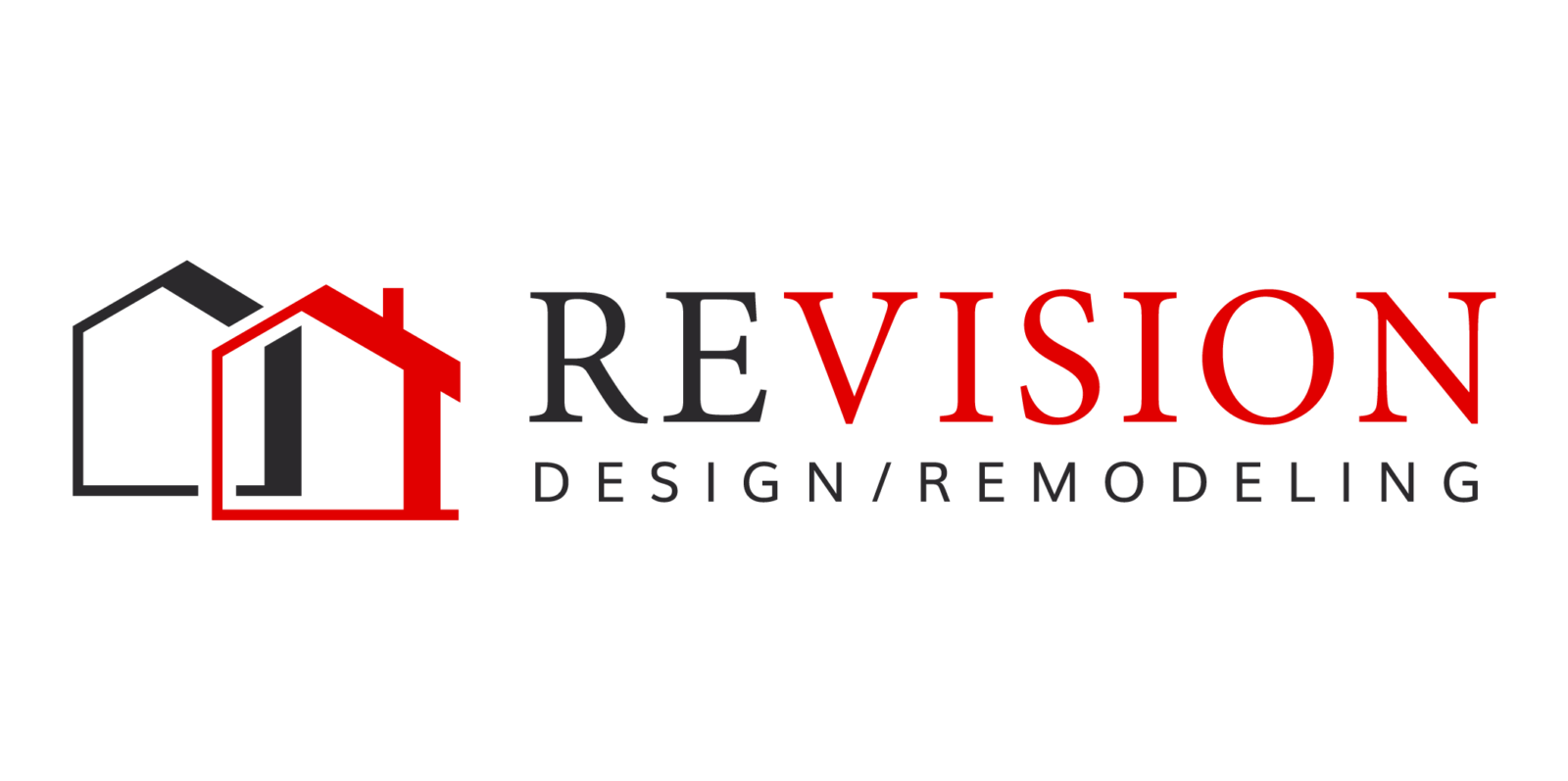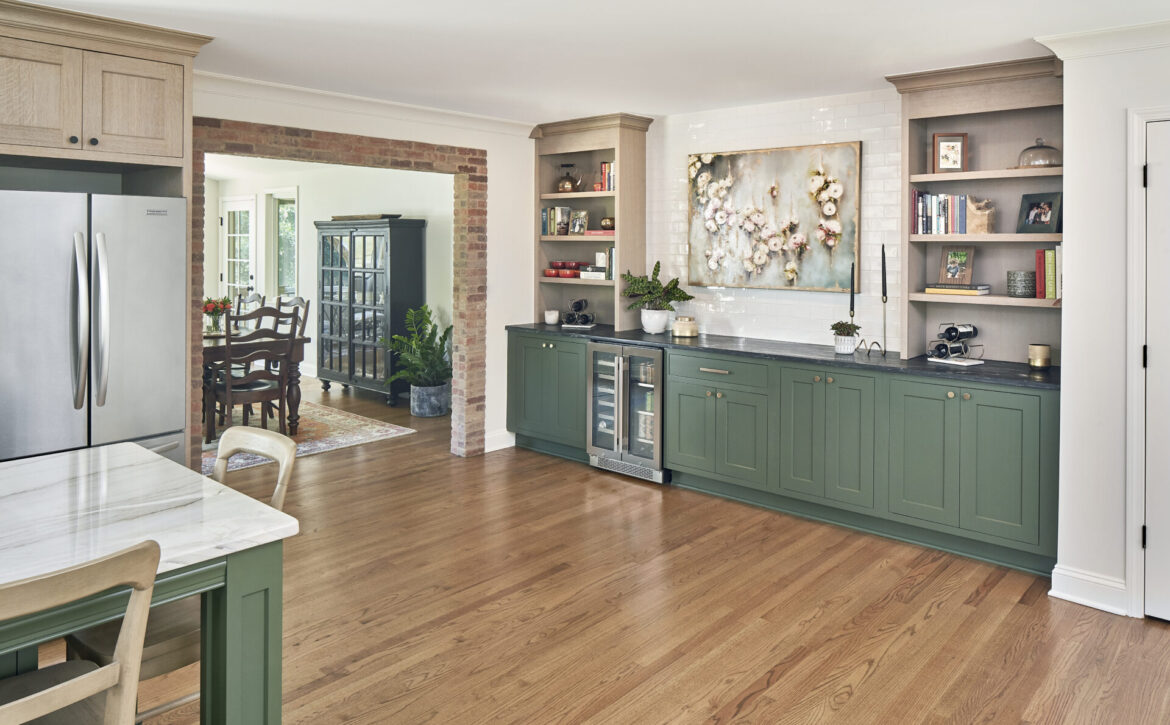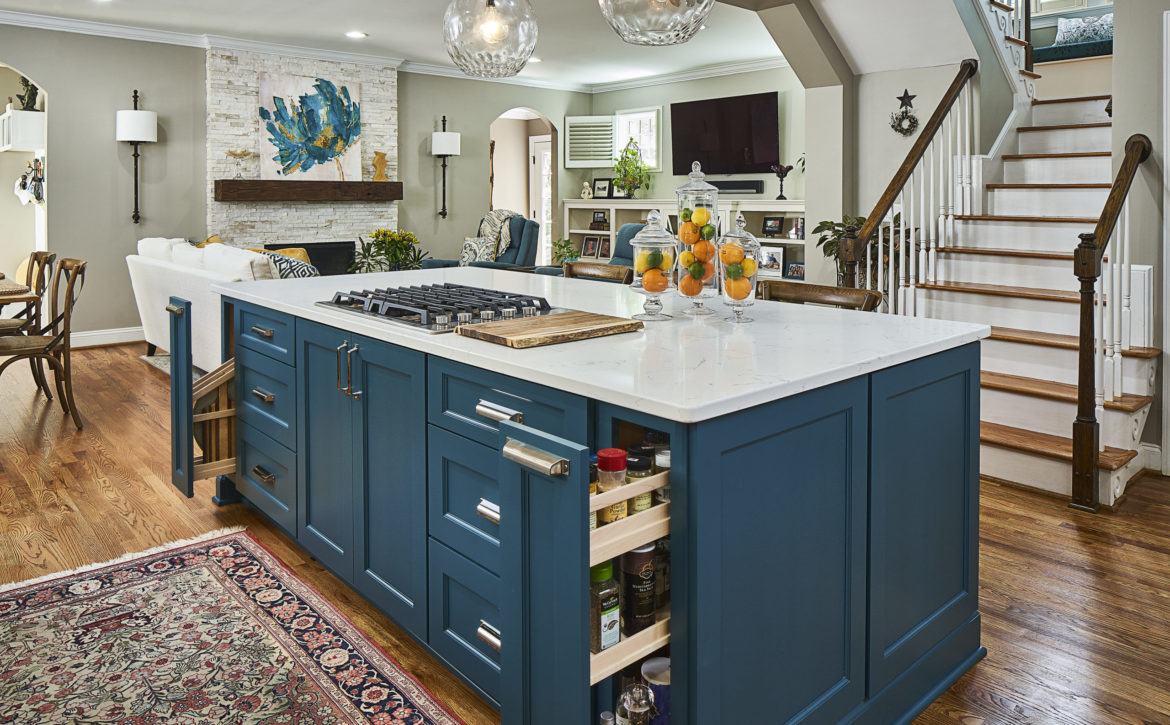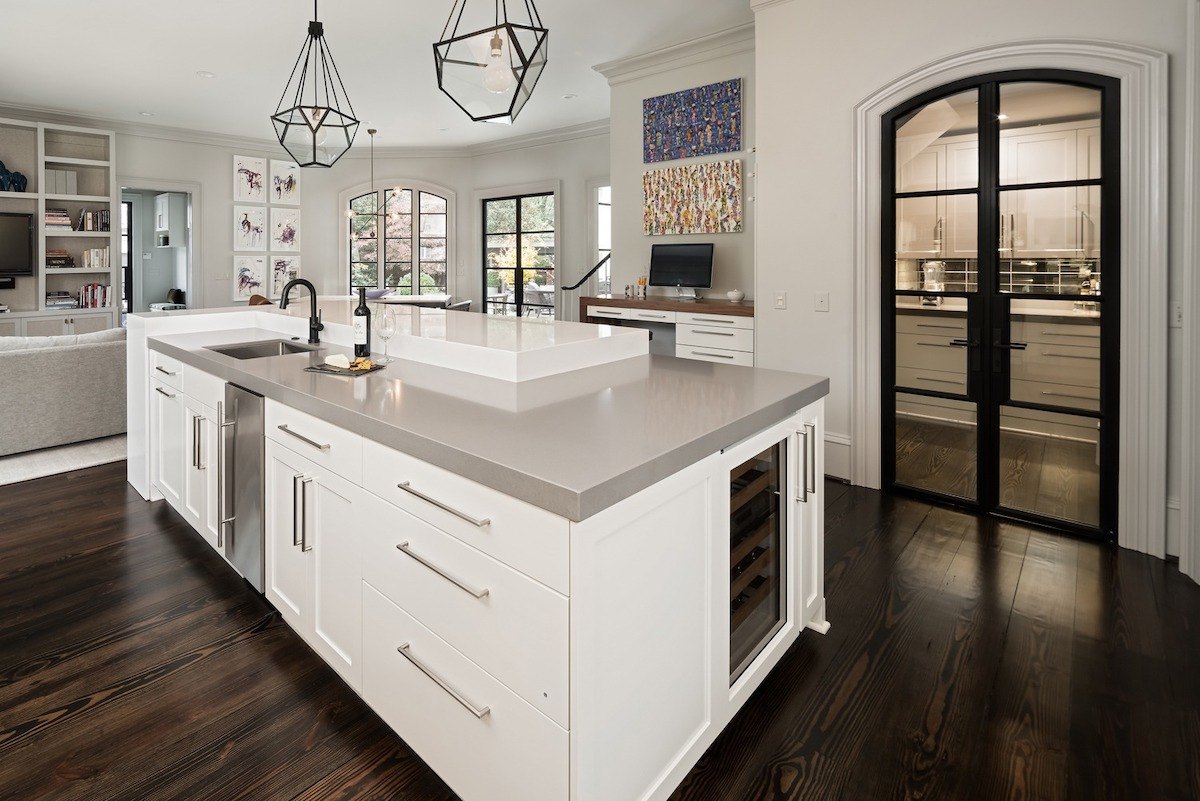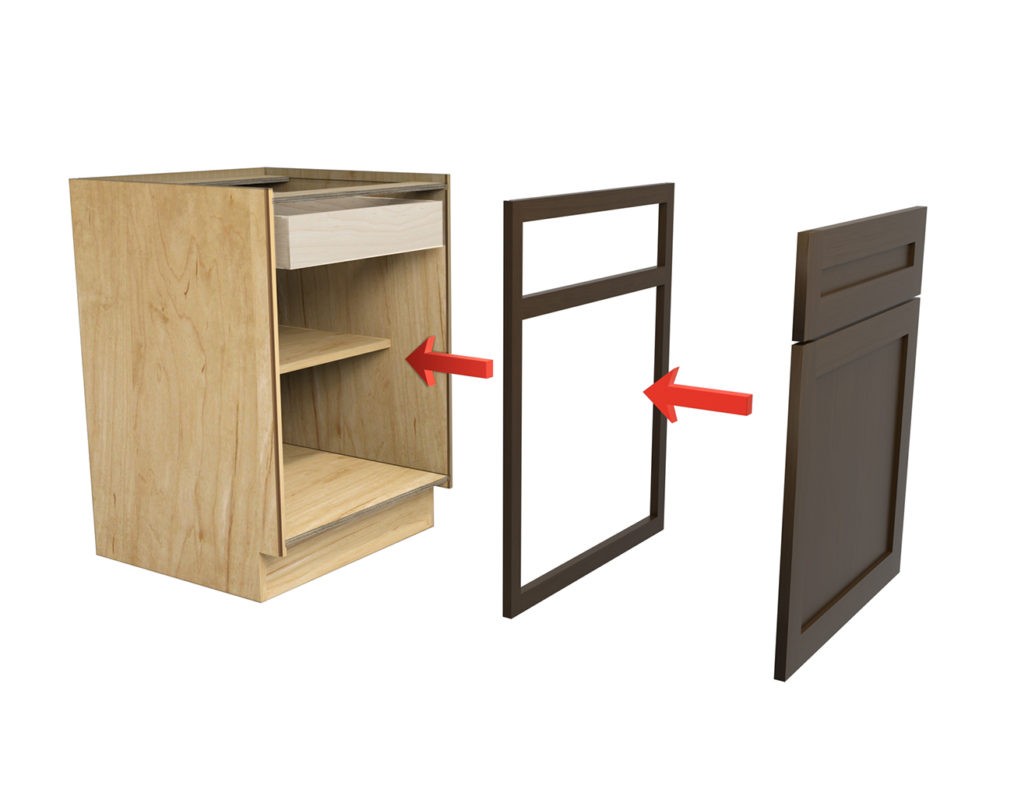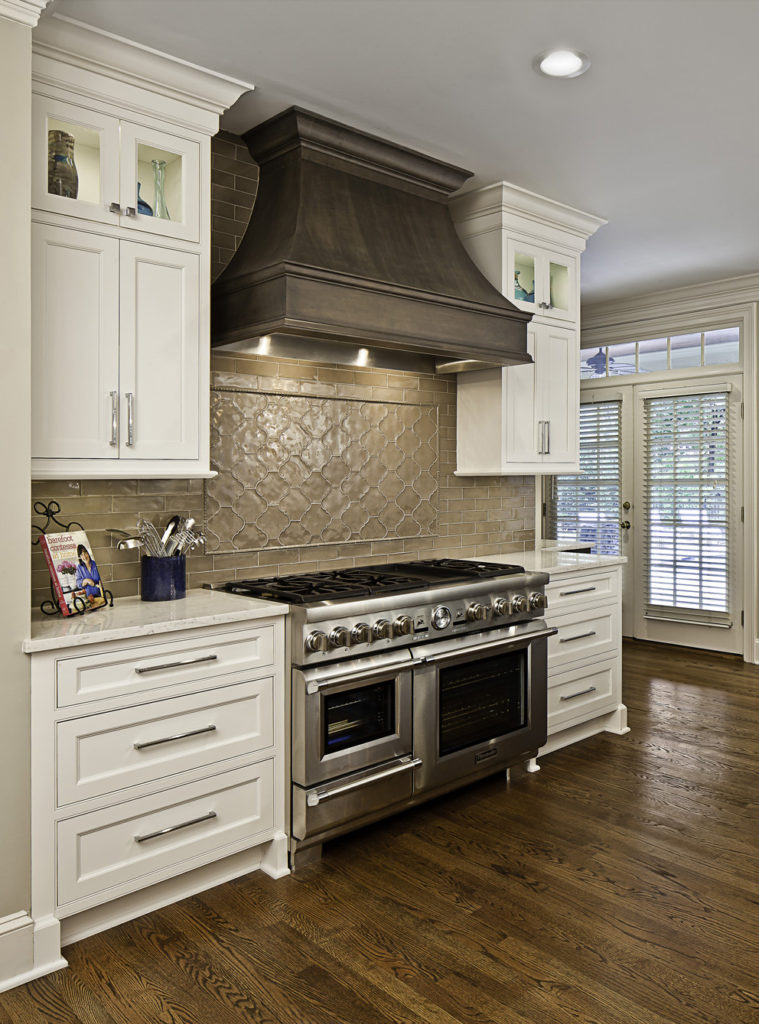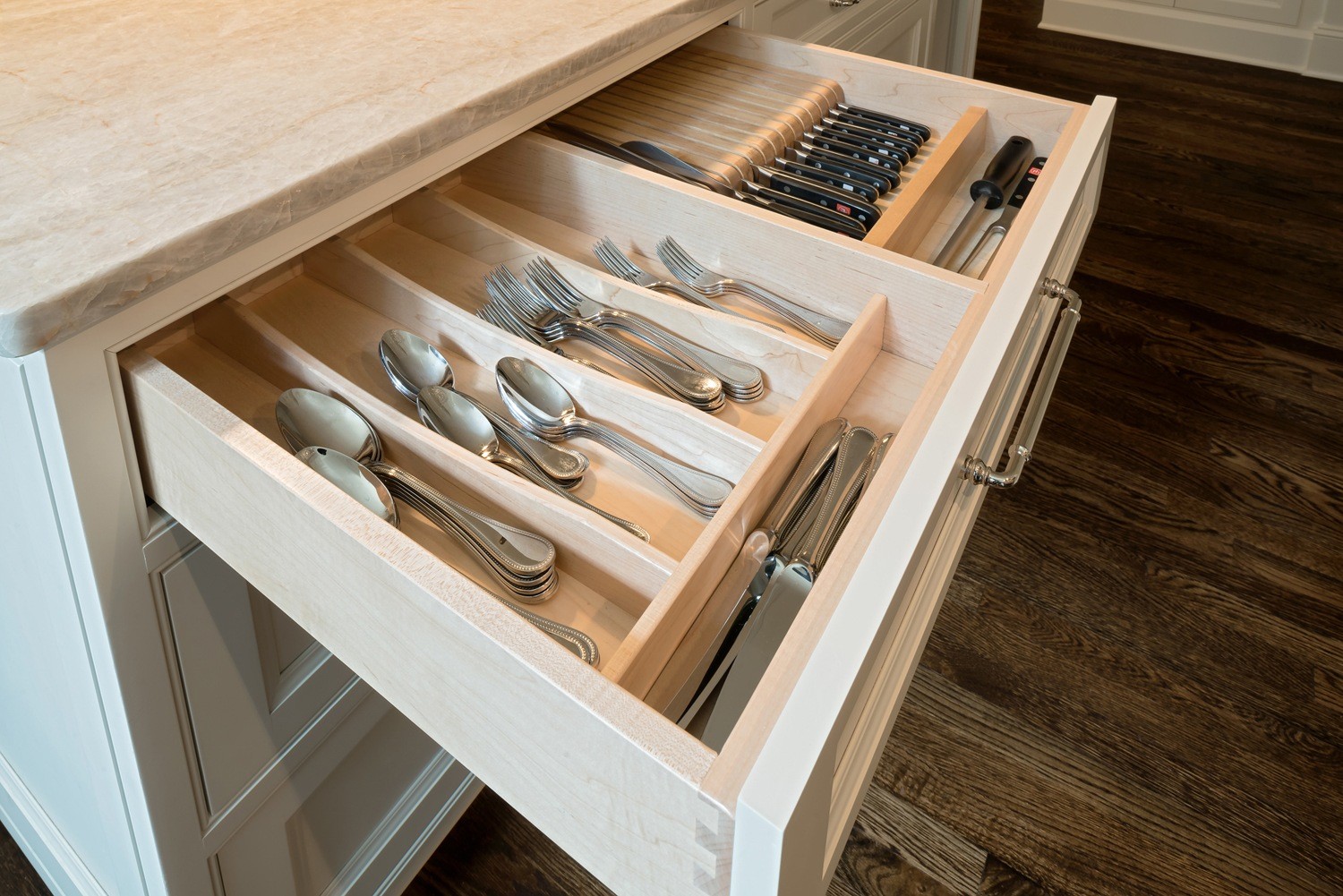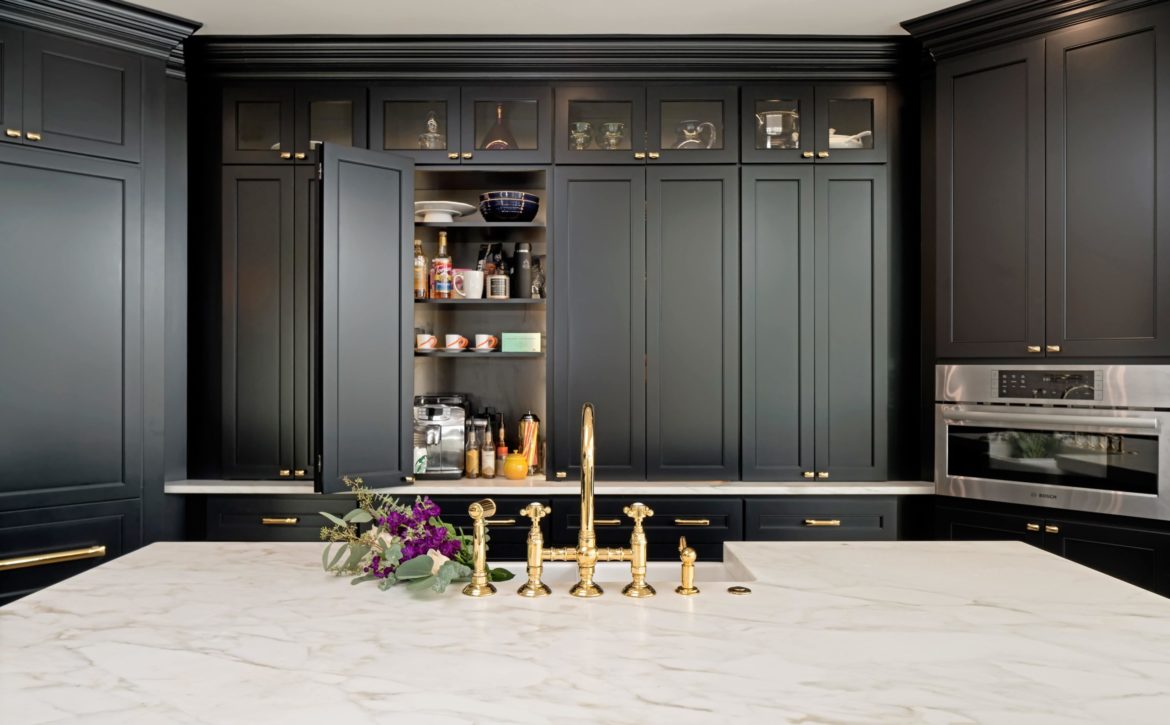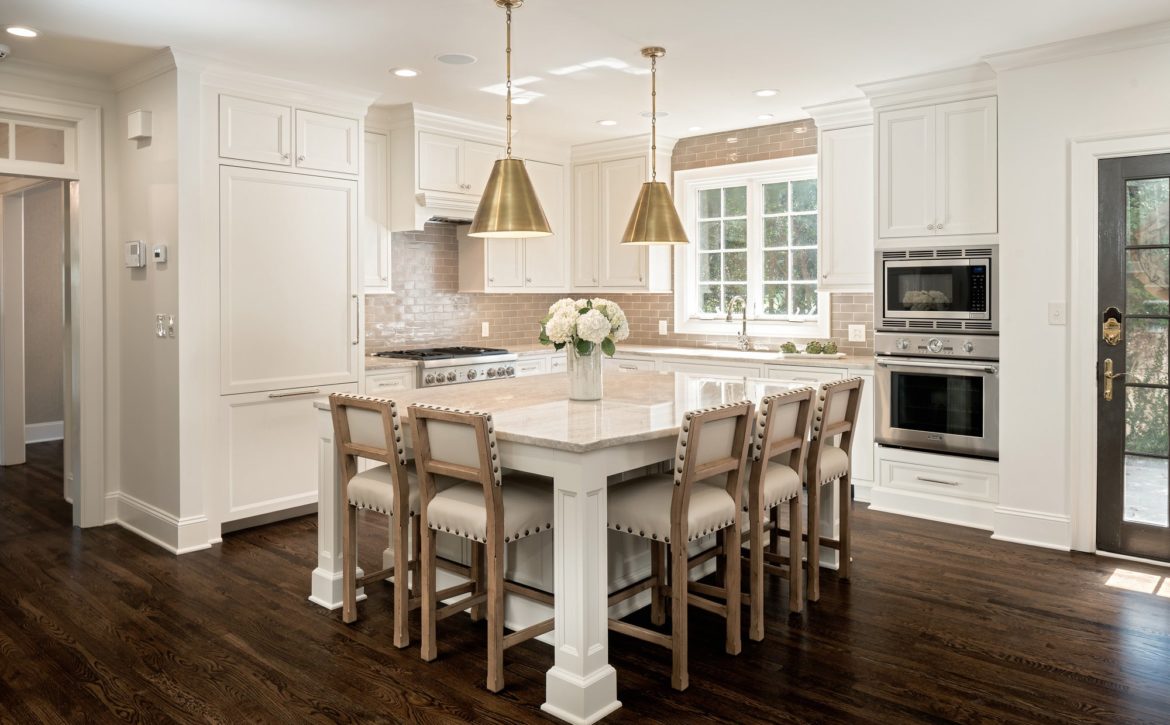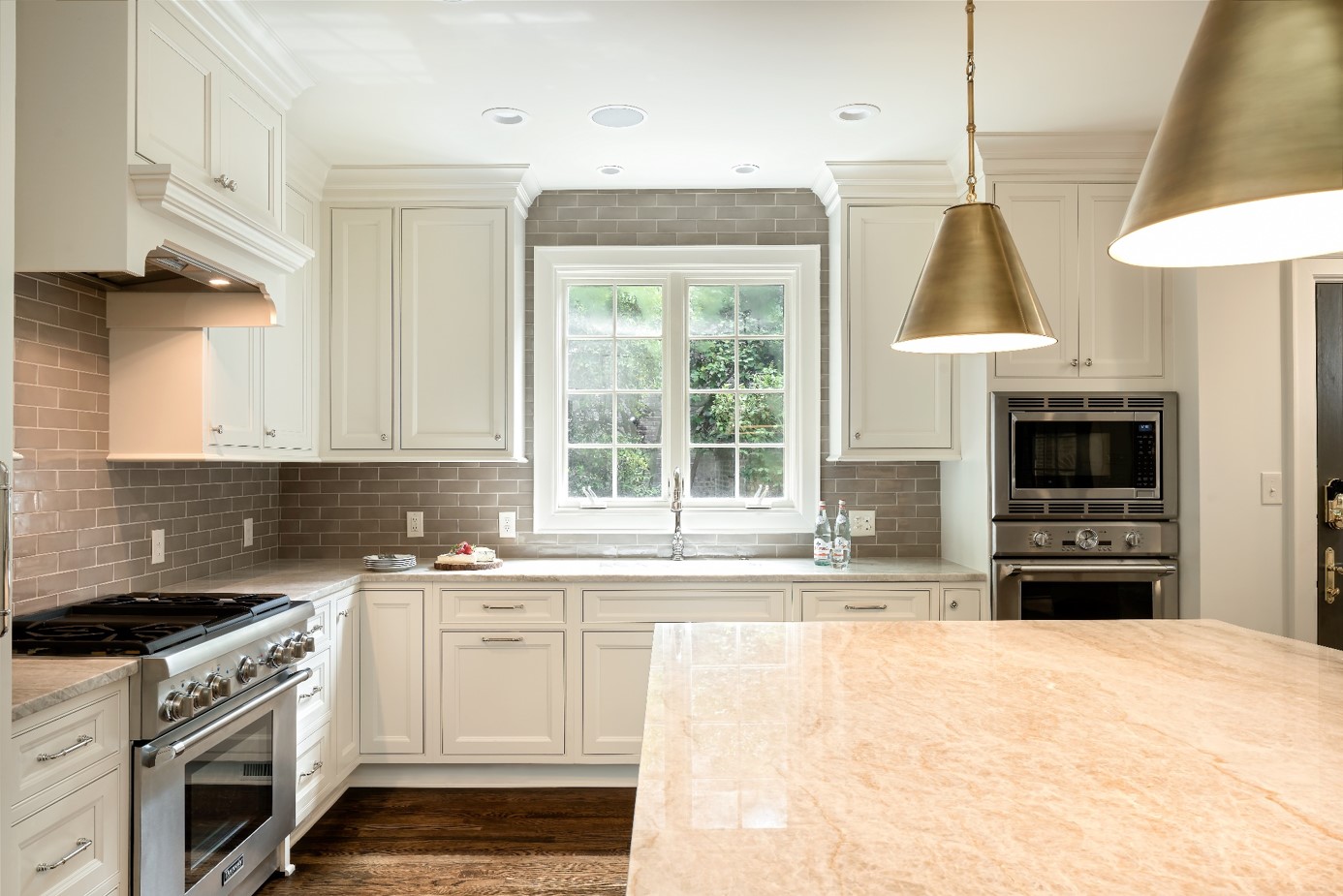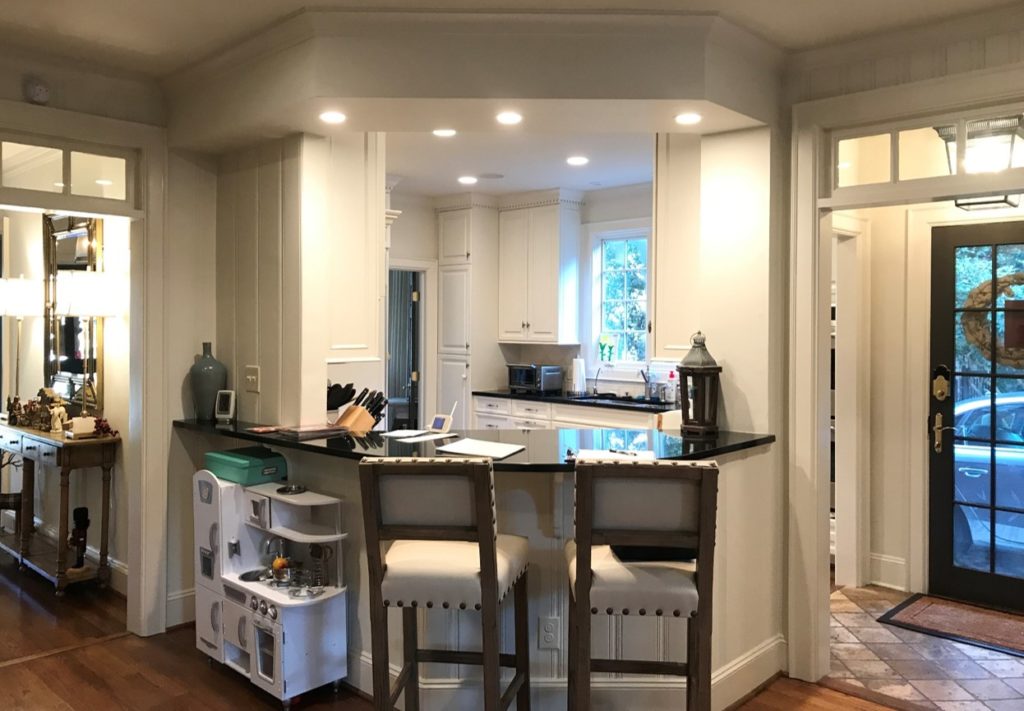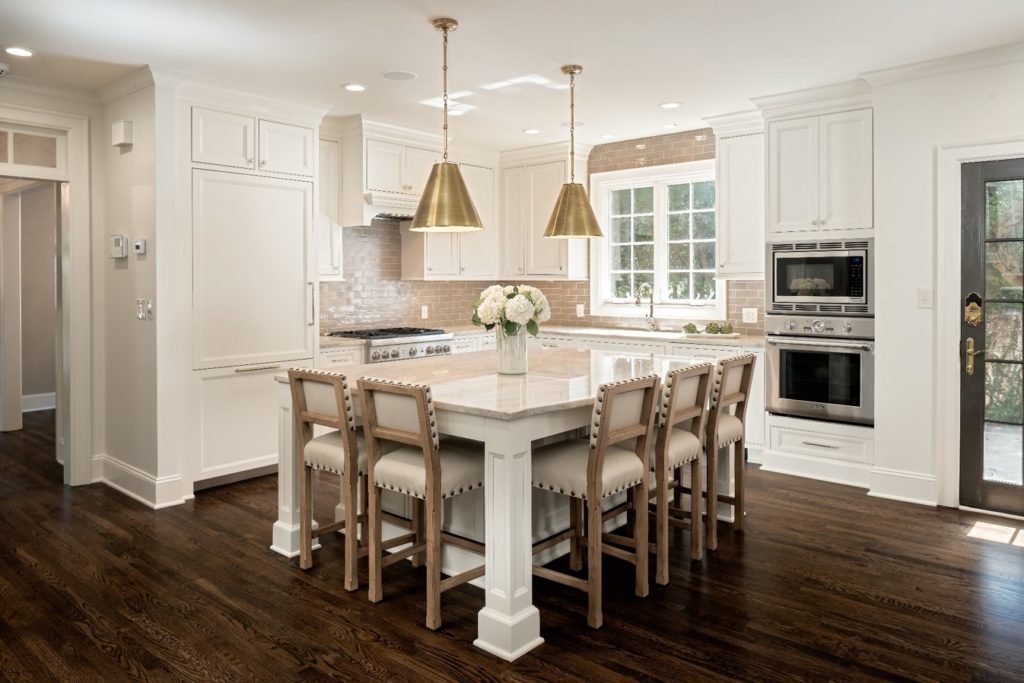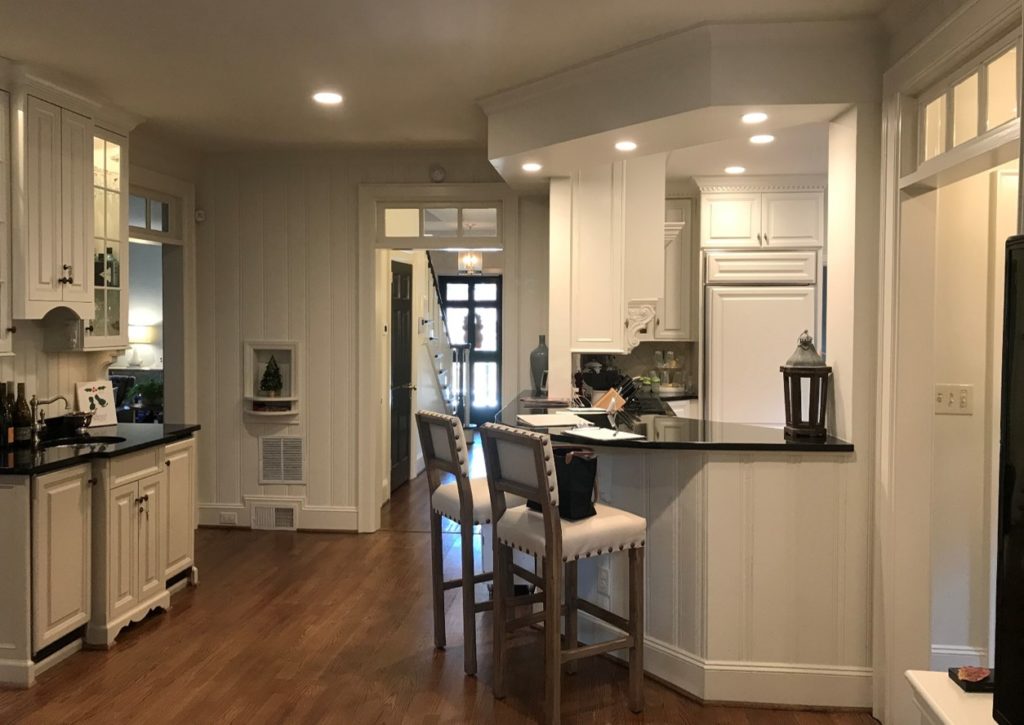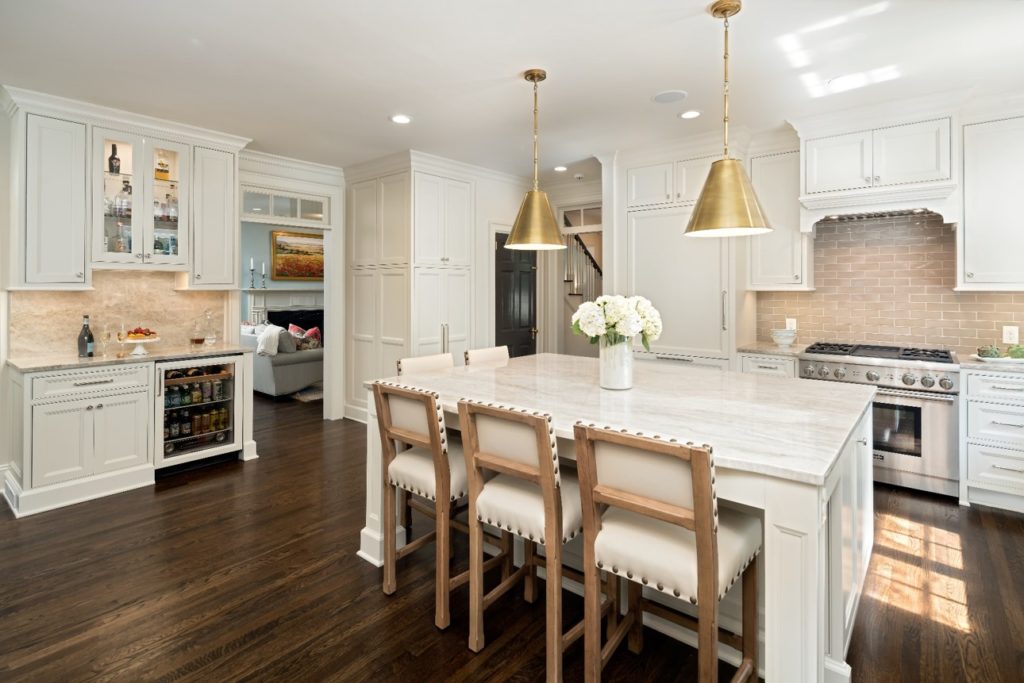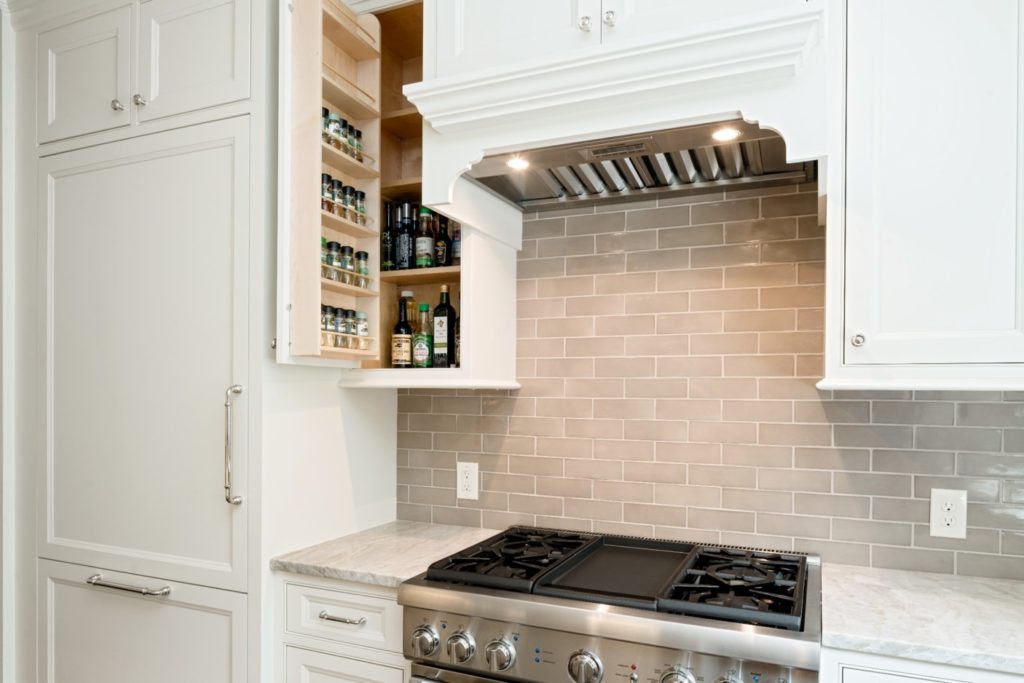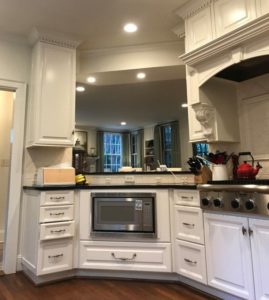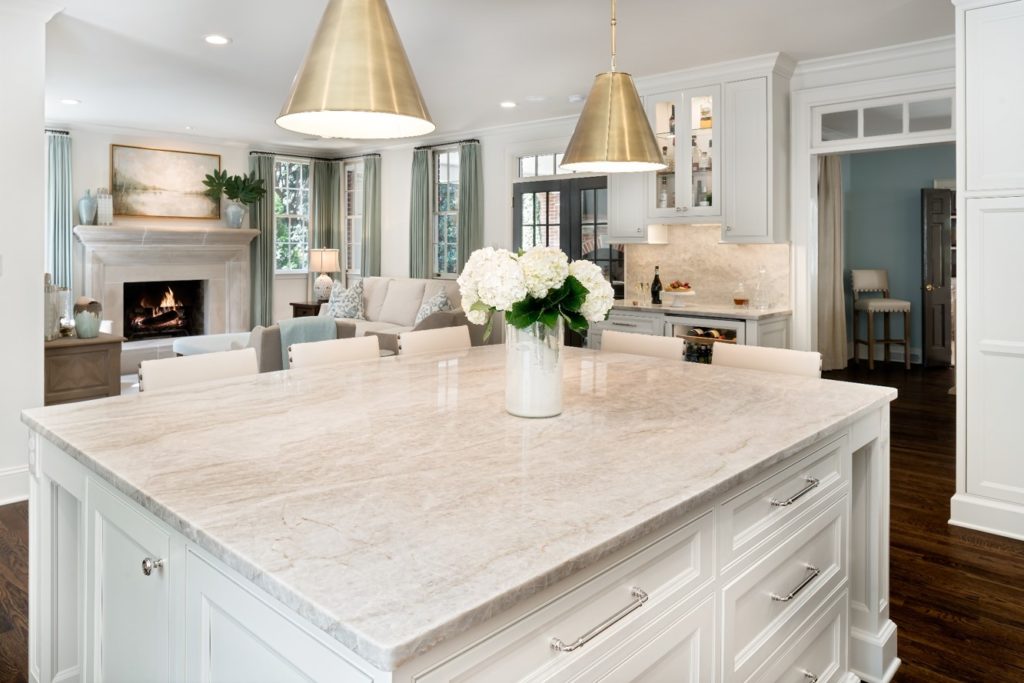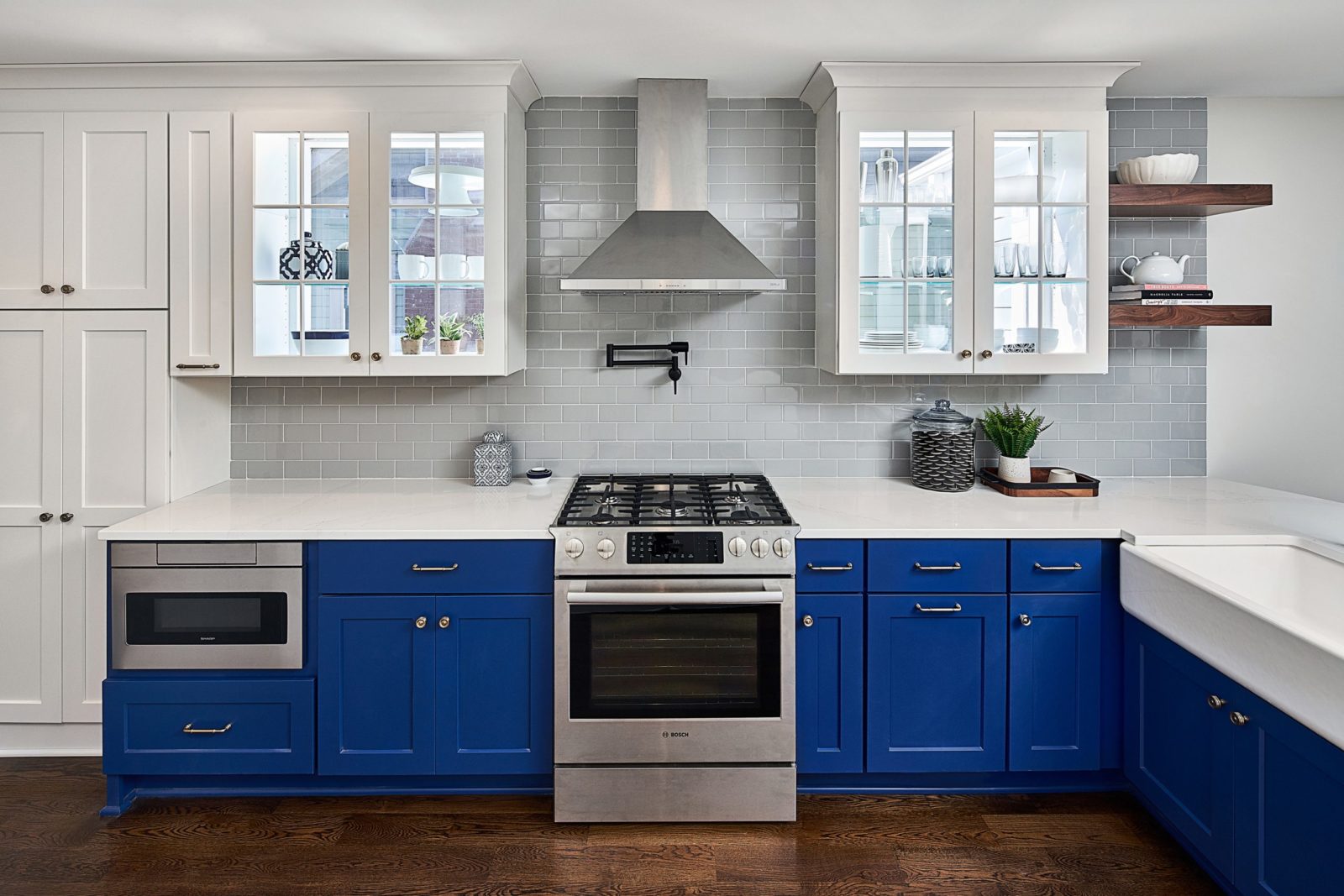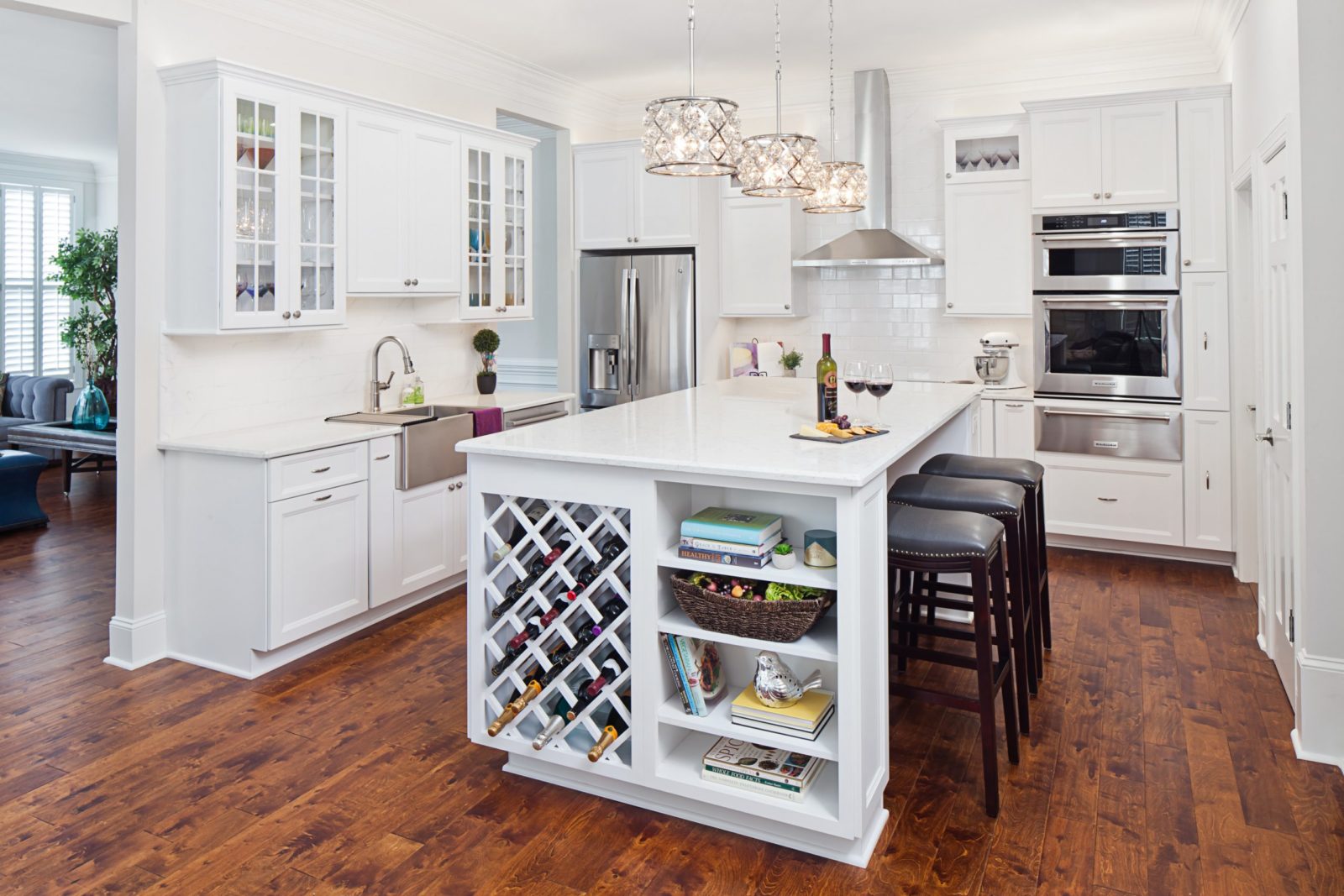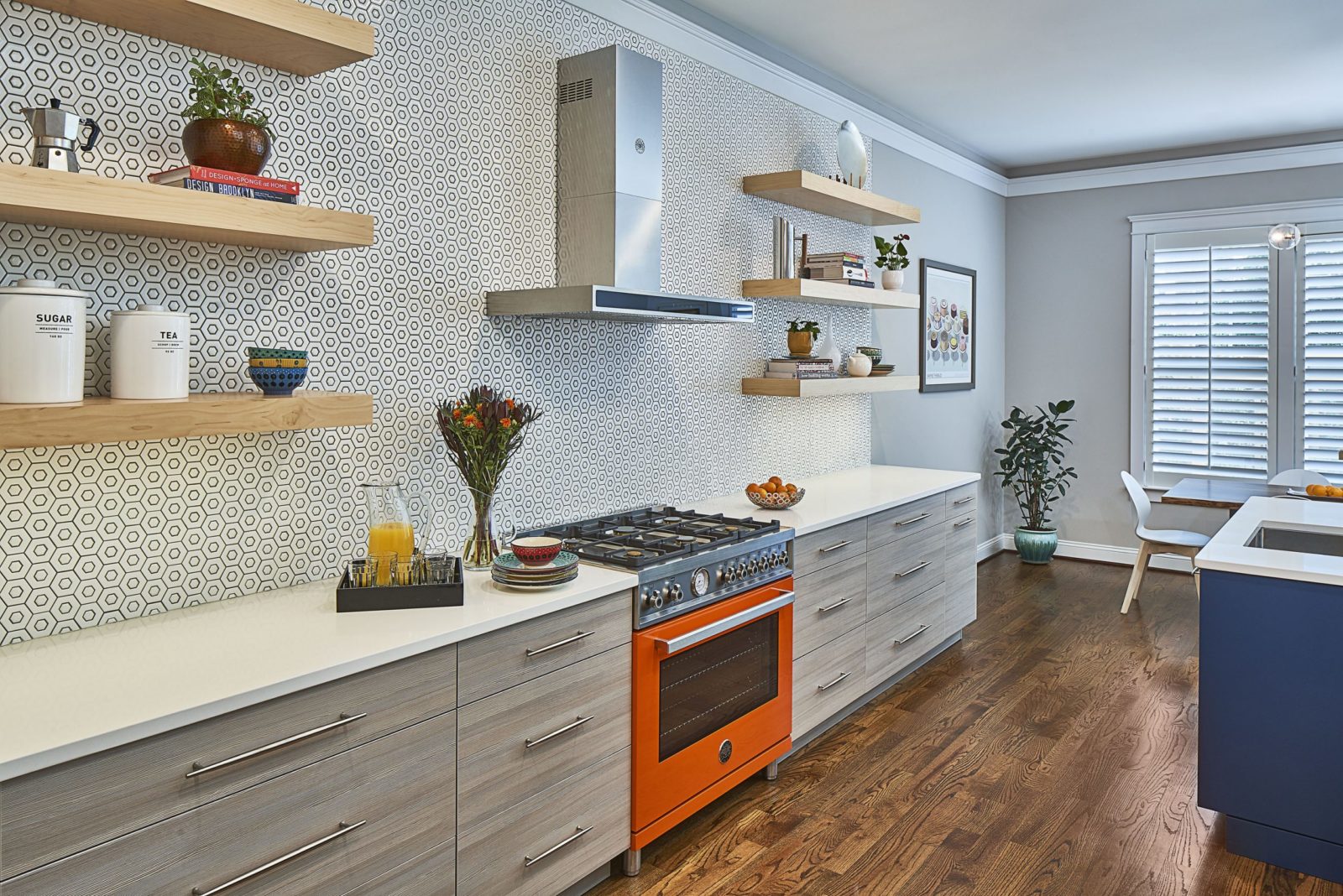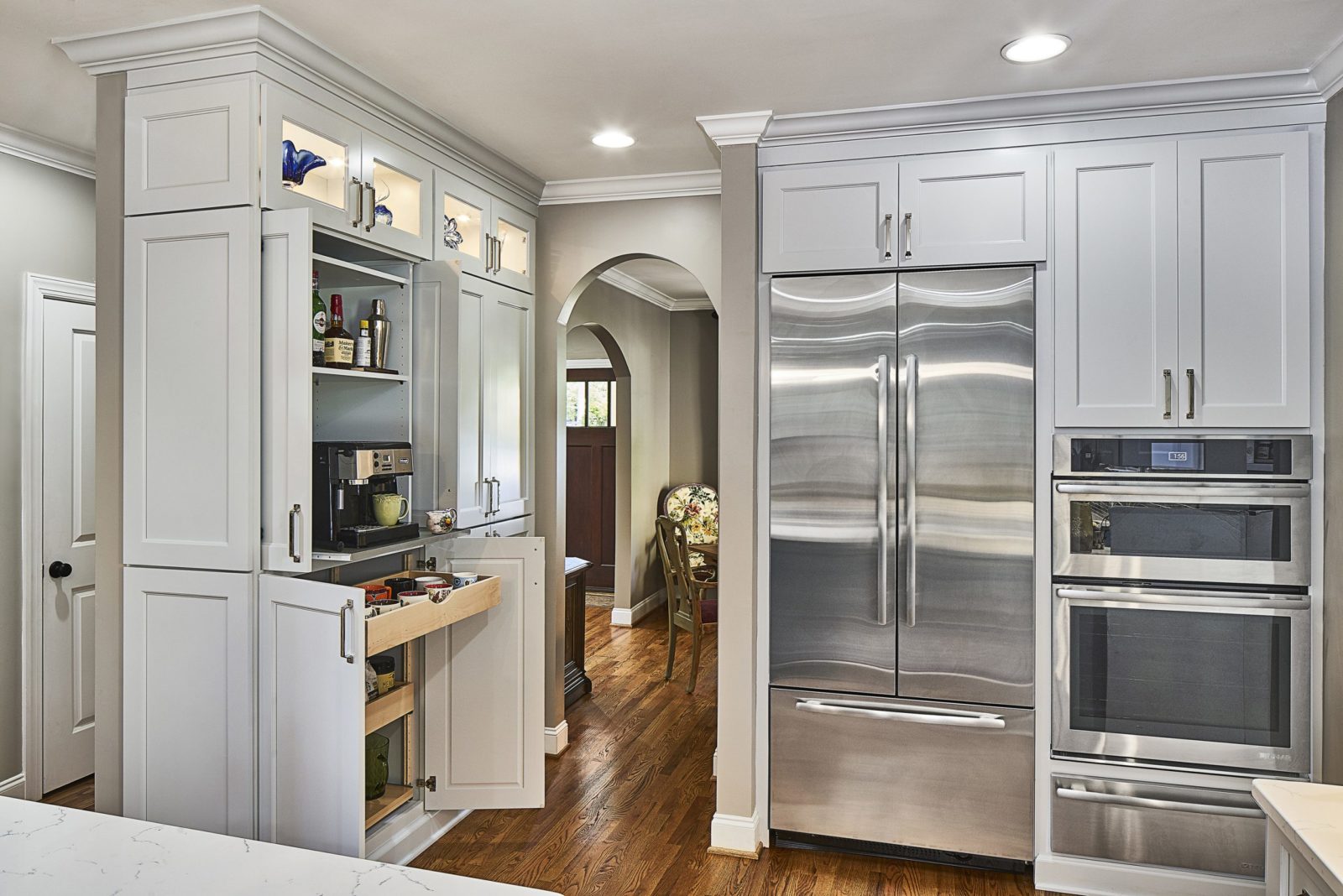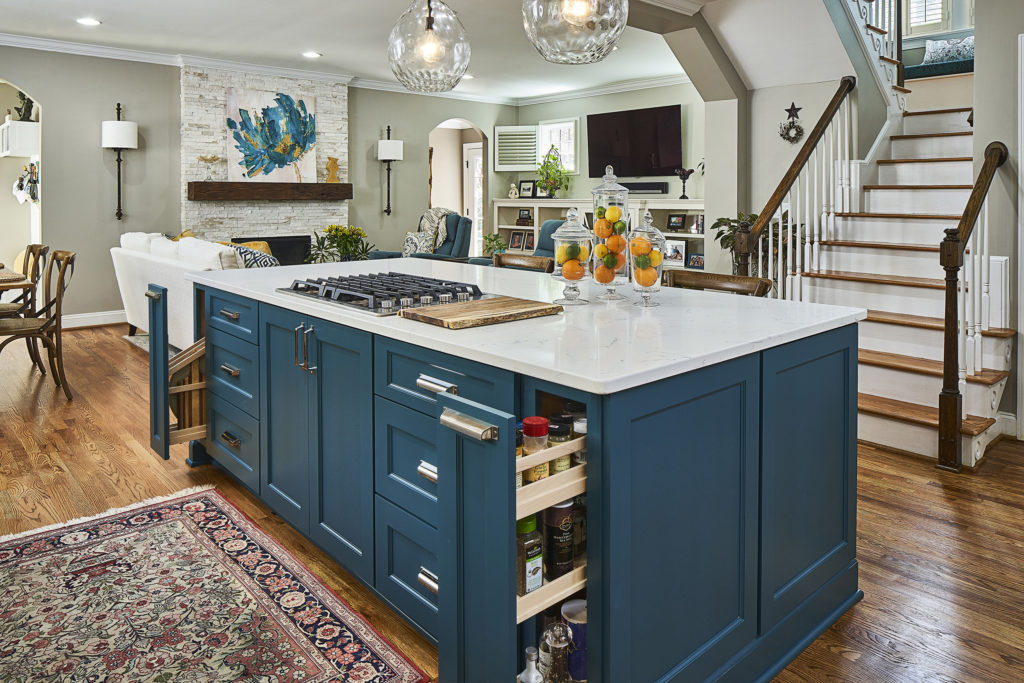Slim Shaker Cabinets: A Modern Twist on a Classic Design
The world of kitchen cabinetry is constantly evolving, but some designs stand the test of time with subtle, modern refinements. One such trend gaining momentum recently is the slim shaker cabinet. This streamlined version of the traditional shaker-style cabinet offers a sleeker, more contemporary aesthetic while maintaining the timeless appeal of its predecessor. It’s a style we’ve noticed our clients asking for over and over again.
At ReVision Charlotte, we specialize in bringing your kitchen aspiration to life with our seasoned design and remodeling services. If you’re drawn to minimalist vibe but still want to remain current, slim shaker cabinets might just be the way to go.
Why Are Slim Shaker Cabinets So Popular?
Slim shaker cabinets are popular for their sleek and clean lines, which complement many different styles of home décor. They pretty much work in every style of kitchen. They create a sense of openness and airiness, making them suitable for both traditional and modern spaces. Their versatility allows them to be integrated seamlessly into kitchens, bathrooms, or any other areas where storage is needed.
- Sleek & Modern Appeal: The narrower profile lends itself well to contemporary and transitional kitchen designs, creating a clean, uncluttered look.
- Timeless Design with a Fresh Twist: Retaining the essence of classic shaker design, slim shakers incorporate a more streamlined look, ideal for both modern and traditional kitchens.
- Enhanced Perceived Space: The thinner frame creates an optical illusion of a more spacious kitchen, ideal for smaller spaces.
- Easy to Maintain: Simple, clean lines make them easier to clean compared to ornate cabinet styles. Less crevices to clean!
- Compatibility with Various Finishes: They work beautifully with various painted finishes, wood stains, or high-gloss finishes.
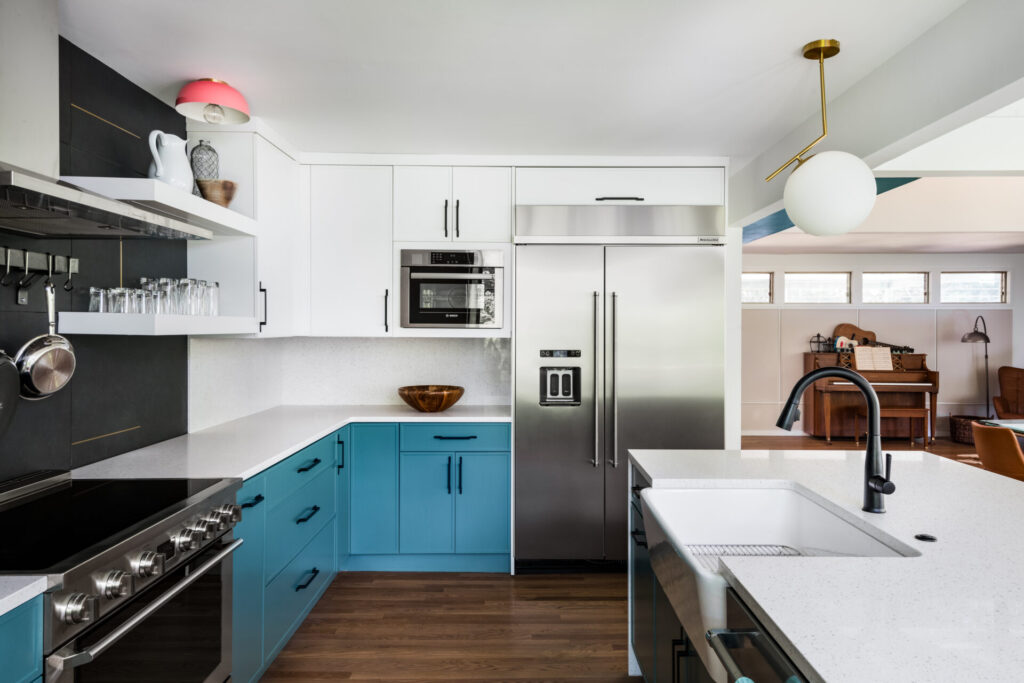
This kitchen remodel in Eagle Lake, Charlotte NC embraces mid-century modern charm with a contemporary refresh.
What Hardware Looks Best on Slim Shaker Cabinets?
The right cabinet hardware can elevate the overall look of slim shaker cabinets. Here are some top choices:
- Minimalist Bar Pulls: Slim and elongated bar pulls in brushed nickel, matte black, or brass finishes.
- Recessed or Edge Pulls: For a handleless look, recessed pulls or edge pulls maintain the clean aesthetic.
- Knobs for a Classic Touch: Small round knobs in black, brass, or stainless steel add elegance without overpowering the design.
- Mixed Hardware Styles: Using knobs on upper cabinets and bar pulls on lower cabinets and drawers creates a visually interesting contrast.
What is the Width of a Slim Shaker Cabinet?
Slim shaker cabinets differ from traditional shaker cabinets mainly in their stile and rail width:
- Traditional shaker cabinets: 2.25 to 3 inches wide
- Slim shaker cabinets: 0.75 to 1.5 inches wide
This slimmer frame provides a more delicate, refined appearance.
What Defines a Slim Shaker Cabinet?
A shaker cabinet is characterized by its five-piece door design:
- A flat, recessed center panel
- Four surrounding stiles and rails forming a frame
Shaker cabinets are known for their clean, simple, and functional design—a reflection of the values of the Shaker community, who originally crafted these cabinets with durability and practicality in mind.
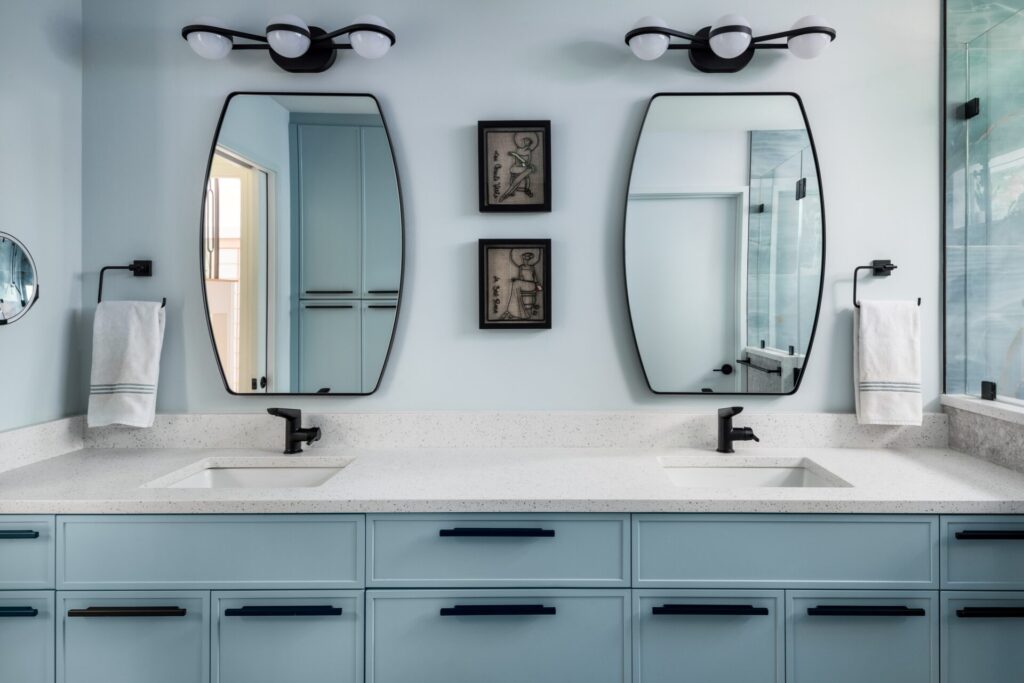
Remodel on Eagle Lake, Charlotte NC focused on reimagining a unique bathroom blending modern function with mid-century charm.
Slim Shaker vs. Classic Shaker: What’s the Difference?
- Frame Width: Classic Shaker Cabinets: 2.25″ – 3″; Slim Shaker Cabinets: 0.75″ – 1.5″
- Overall Look: Classic Shaker Cabinets: Traditional, chunkier appearance; Slim Shaker Cabinets: Sleek, modern, refined design
- Best For: Classic Shaker Cabinets: Classic and transitional kitchens; Slim Shaker Cabinets: Contemporary and minimalist kitchens
- Versatility: Classic Shaker Cabinets: Complements various styles; Slim Shaker Cabinets: Ideal for modern aesthetics
- Cleaning: Classic Shaker Cabinets: May gather dust due to the wider frame; Slim Shaker Cabinets: Easier to clean with a slimmer frame
The Origins of the Slim Shaker Cabinet
The shaker cabinet design dates back to the 18th century, originating from the Shaker religious community in the United States. The Shakers believed in simplicity, quality craftsmanship, and functionality, which led to the creation of the classic shaker-style cabinet. Modern interior trends have driven the demand for a sleeker, more contemporary version, leading to the evolution of the slim shaker.
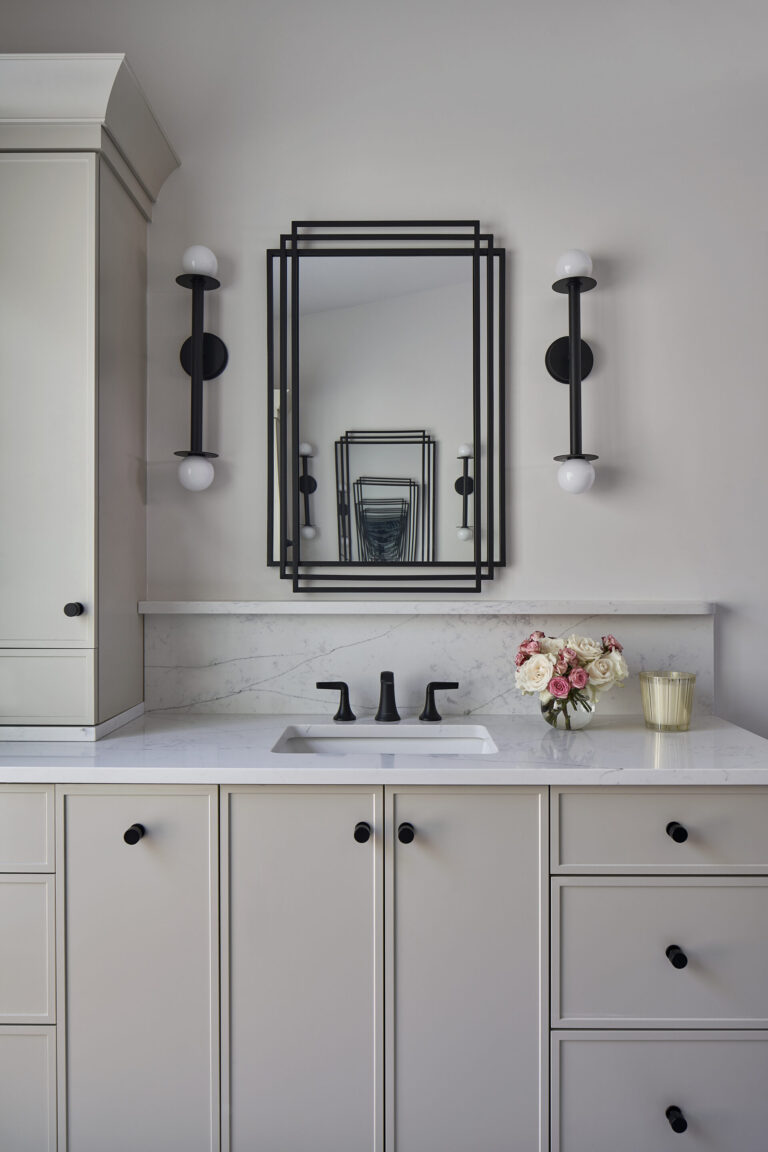
Art Deco inspired bathroom remodel in Myers Park, Charlotte NC.
Are Slim Shaker Cabinets Right for Your Kitchen?
Slim shaker cabinets strike a harmonious balance between modern sophistication and classic appeal. Their sleek, refined look makes them an excellent choice for Charlotte homeowners who love minimalist yet timeless design.
If you’re looking to update your kitchen with a fresh, elegant, and contemporary touch, slim shaker cabinets might be the perfect fit for your space! Our team of experts will guide you through the entire process, from selecting the preferred cabinetry style to choosing the right hardware and finishes. Need help choosing the best cabinetry style for your home? Contact ReVision Charlotte today!
